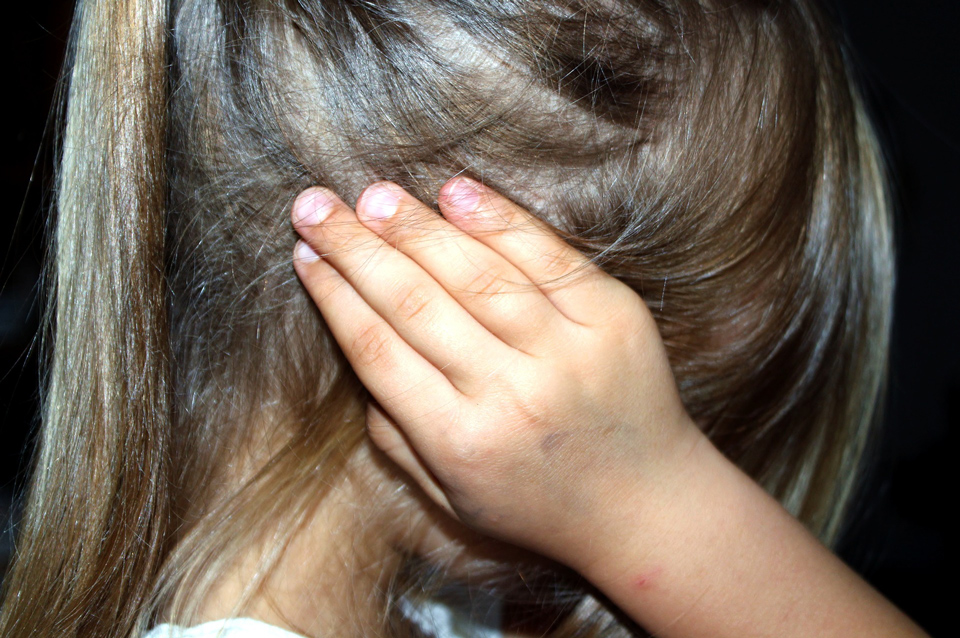High Learning Potential children often have sensory sensitivities in one or more areas. So how can you best prepare for anything from a walk outdoors, indoor study session, visit to the museum or pantomime?
It is natural these days to follow health and safety guidelines. If children are out in the sun in the summer you protect them with sun screen, on a school visit to a building site then they would be provided with ear defenders, and a trip to a petting farm involves large quantities of antibacterial hand gel. However, the heightened reactions experienced by many HLP children make these and other safeguards even more necessary – and even more complicated.
Psychologist Kazimierz Dabrowski (1902-1980) believed that, due to increased neuronal sensitivities, some people have strong physiological reactions that can last a long time and seem out of proportion to the initial stimulus. He also recognised “psychic overexcitability”, which he said “underlined the enhancement and intensification of mental activity much beyond the ordinary”. A heady mix for anyone – and more likely to colour the experiences of an HLP youngster than a ‘neuro-typical’ child.
Five Areas
Dabrowski identified five categories of “overexcitabilities” or “supersensitivities”, which could be summarised as follows:
- Sensual – marked pain or pleasure, love or hate as experienced by the five senses of sight, smell, taste, touch and/or hearing.
- Psychomotor – neuromuscular; excess energy and a need for physical movement.
- Intellectual – overwhelming desire to understand things and to clarify the ‘truth’.
- Imaginational – often distracted or living in their own fantasy world; creative thinkers with colourful imaginations.
- Emotional – intense feelings that can’t always be suppressed and physical responses (e.g. stomach ache) to emotional stimuli. From anger to compassion and love to anxiety.
How to Cope
Notice which of these overexcitabilities seem to apply, then bear them in mind as you deal with a particular situation and child.
For example, if sensual supersensitivities are a challenge, break them down one layer further so that you can form a plan.
If it is mainly ‘touch-based’, are you going out in the sun or somewhere grubby?
- try a sun block stick instead of runny lotion or unpredictable spray
- take hand gel
- or antibacterial wipes
- or a small soap with a bottle of water for hand-washing
- and always carry a cloth or dry paper towels!
Are you going to the theatre or cinema with a child whose triggers are mainly sound or sight-based?
- reserve a seat that remains shaded even from raised spotlights and away from the main speaker system
- take sunglasses or ear defenders
- find out if the venue offers special performances with muted effects for customers with Autism or other needs.
For children with other hypersensitivities, build ‘fidget breaks’ into seated trips, creative drawing into focused sessions or extra research time into a daily routine to allow deeper investigation into the intellectual and/or moral areas that open up.
More Information
For some great ideas and to learn more about the theory behind these sensitivities, read the factsheet PA610 Hypersensitivity (Dabrowski’s Overexcitabilities) and visit the website sengifted.org/overexcitability-and-the-gifted/
Please note that if chronic problems are dismissed as overexcitabilities then real help and diagnosis could be missed. For example, psychomotor overexcitability could mask Attention Deficit Hyperactivity Disorder (ADHD) and sensual sensitivities might indicate Sensory Processing Disorder (SPD). If any problems present barriers to learning and impact significantly on daily life then there may be an additional need, in which case professional advice should always be sought.






